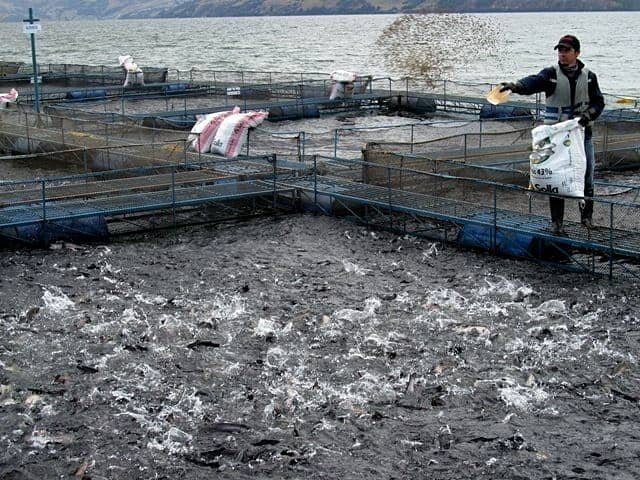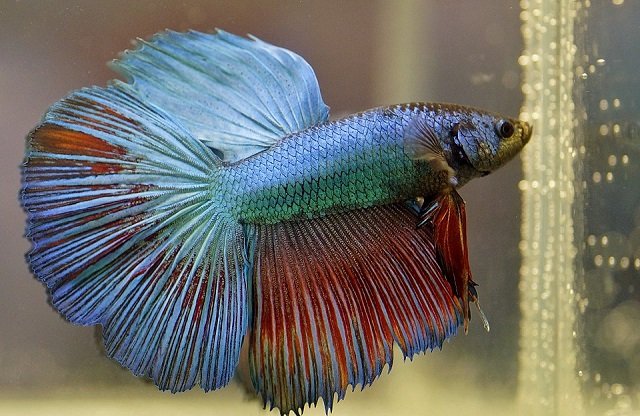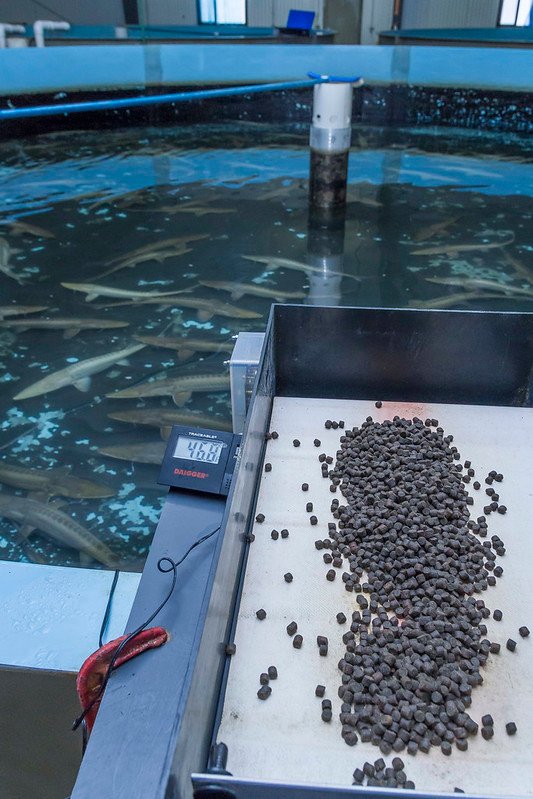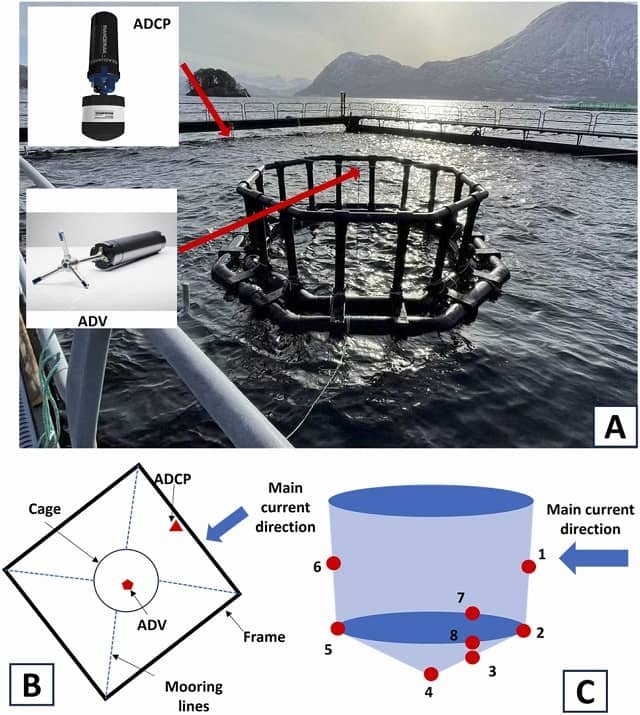
One of the most urgent problems in fish farming is the high cost of feed, which generally represents between 30% and 60% of total operating expenses. To improve profitability, fish farmers must find ways to optimize feed use.
Researchers from The Center for Research and Advanced Studies of the National Polytechnic Institute, the Autonomous University of Yucatan, and the University of Las Palmas de Gran Canaria developed a dynamic feeding model based on the von Bertalanffy growth model, specifically applied to tilapia production in Mexico. The model aims to determine optimal rationing strategies for different fish sizes, market prices, and harvest times.
The role of feed rationing
Efficient feed utilization is essential for the sustainable development of aquaculture. Overfeeding can lead to higher production costs, water pollution, and lower feed conversion efficiency. Conversely, underfeeding can result in delayed growth and economic losses. Therefore, determining the optimal ration size throughout the growth cycle is crucial to maximizing profitability.
By providing the right amount of feed at the right time, producers can maximize growth rates and minimize feed waste. However, determining the ideal feeding schedule can be complex, as it depends on several factors, including fish size, market prices, and the time value of money.
Optimal control theory and bioeconomic modeling
Optimal control theory is a mathematical optimization technique that can be used to determine the optimal trajectory of a control variable (in this case, the ration size) over time. By combining optimal control theory with a bioeconomic model, we can identify the feeding strategy that maximizes net present value (NPV) by considering factors such as fish growth, feed costs, and market prices.
The von Bertalanffy growth model and optimal rationing
The von Bertalanffy growth model, a widely used biological model, describes the growth of an organism over time. By incorporating this model into a feeding strategy, producers can adjust their feeding regimes to maximize growth and minimize feed costs.
The study examined tilapia fed with four different ration sizes: 50%, 80%, 100%, and to satiety. The goal was to determine the optimal rationing for fish of different sizes (200, 300, and 400 grams) under various market conditions. Market prices in Monterrey, Cancun, Mexico City, and local sales were considered. In addition, optimal harvest times (OHT) were calculated, taking into account the time value of money.
Key findings
The results of the bioeconomic model revealed several important insights:
Stay Always Informed
Join our communities to instantly receive the most important news, reports, and analysis from the aquaculture industry.
- Optimal feeding trajectories: Optimal feeding trajectories show a continuous decline from stocking to a minimum value, followed by a slight increase toward harvest size. This contrasts with recommendations from feed suppliers and those based on potential growth models.
- Market impact: The Monterrey market was found to have the highest net present value for optimal harvest time and various market sizes.
- Time value of money: The time value of money plays a crucial role in determining optimal feeding strategies. By considering the future value of income, producers can make informed decisions about when to harvest their fish.
Implications for tilapia aquaculture
The findings of this study have significant implications for tilapia aquaculture. By adopting dynamic feeding models, producers can:
- Improve economic returns: Optimize feed use and reduce costs.
- Enhance fish growth: Achieve higher growth rates and improve productivity.
- Make informed decisions: Develop data-driven strategies for feed rationing and harvest timing.
Conclusion
The study highlights the potential benefits of using bioeconomic models and optimal control theory to optimize tilapia feed rationing. By adopting a dynamic feeding approach based on the von Bertalanffy growth model, producers can improve profitability, reduce environmental impacts, and promote sustainable aquaculture practices.
Future research may explore the integration of additional factors, such as water quality and disease management, into the bioeconomic model to further refine feeding strategies.
The study was funded by Cinvestav.
Contact
Iván Velázquez-Abunader
Department of Marine Resources, The Center for Research and Advanced Studies of the National Polytechnic Institute,
Km. 6 of the Old Road to Progreso, C.P., Merida, 97310, Yucatan, Mexico
Email: jvelazquez@cinvestav.mx
Reference (open access)
Domínguez-May, R., Poot-López, G. R., Hernández, J. M., & Velázquez-Abunader, I. (2024). Optimization of Feed Ration Size in Aquatic System According to the Optimal Control Approach: Implications of Using the von Bertalanffy Growth Model. Aquaculture Research, 2024(1), 6512507. https://doi.org/10.1155/2024/6512507
Editor at the digital magazine AquaHoy. He holds a degree in Aquaculture Biology from the National University of Santa (UNS) and a Master’s degree in Science and Innovation Management from the Polytechnic University of Valencia, with postgraduate diplomas in Business Innovation and Innovation Management. He possesses extensive experience in the aquaculture and fisheries sector, having led the Fisheries Innovation Unit of the National Program for Innovation in Fisheries and Aquaculture (PNIPA). He has served as a senior consultant in technology watch, an innovation project formulator and advisor, and a lecturer at UNS. He is a member of the Peruvian College of Biologists and was recognized by the World Aquaculture Society (WAS) in 2016 for his contribution to aquaculture.




